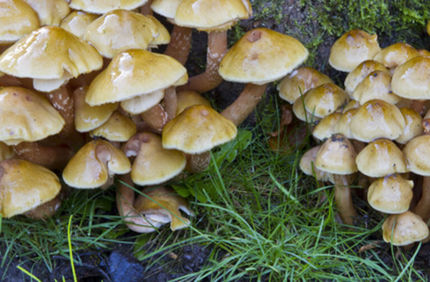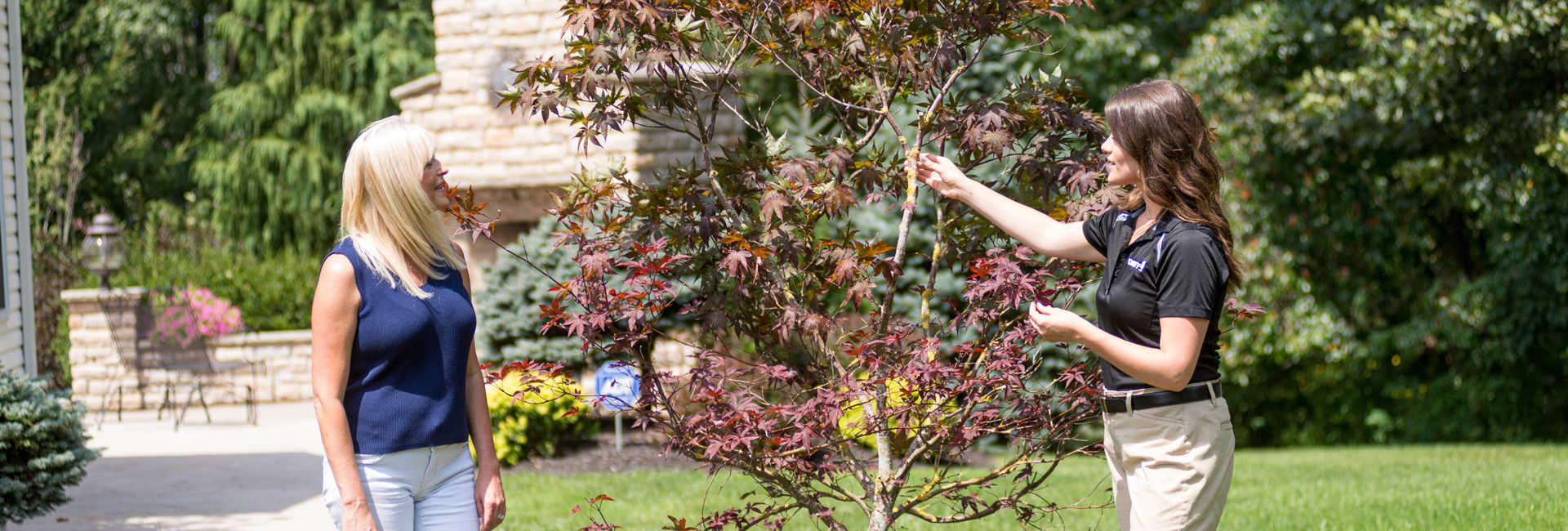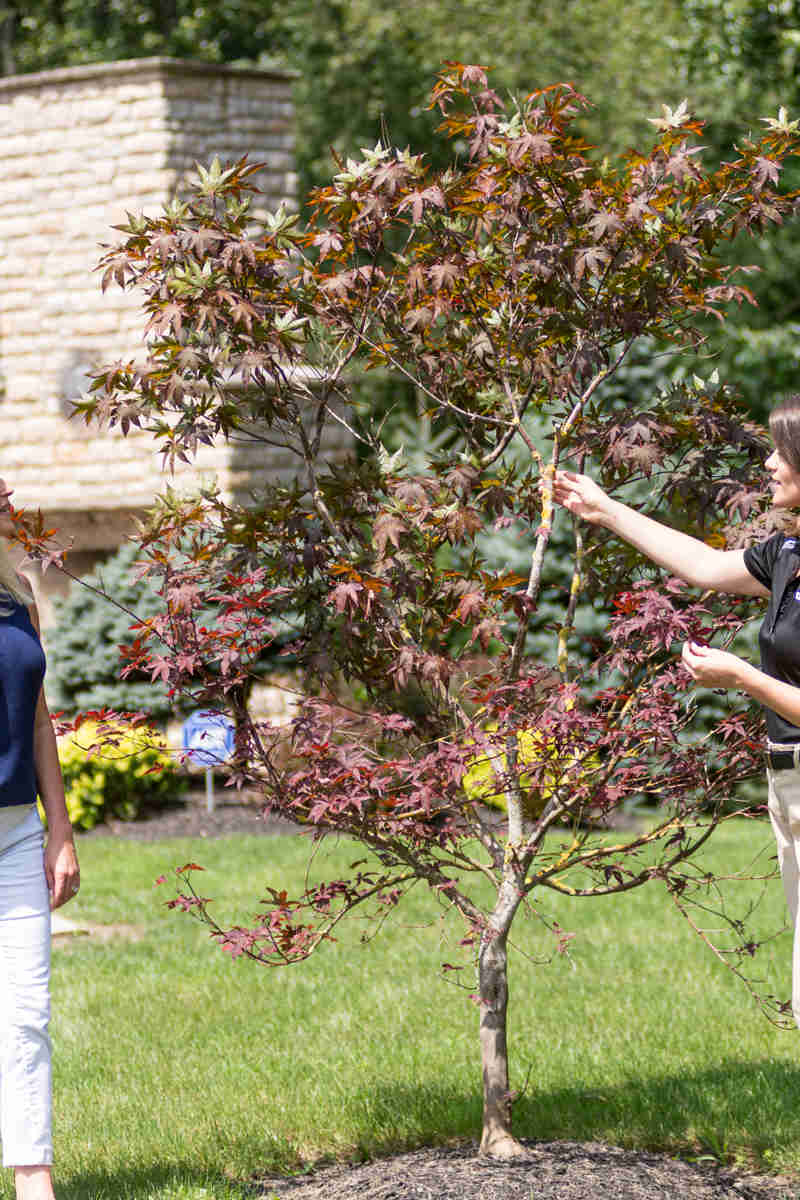Signs of pests and diseases will vary from tree to tree. Search our database of pests and diseases for symptoms, damages, life cycle, management, and control information.
We pride ourselves at Davey Tree on providing prompt, professional and personalized service from certified arborists that live, work and engage in your community. Contact one of our Davey Tree specialists for your residential needs.











